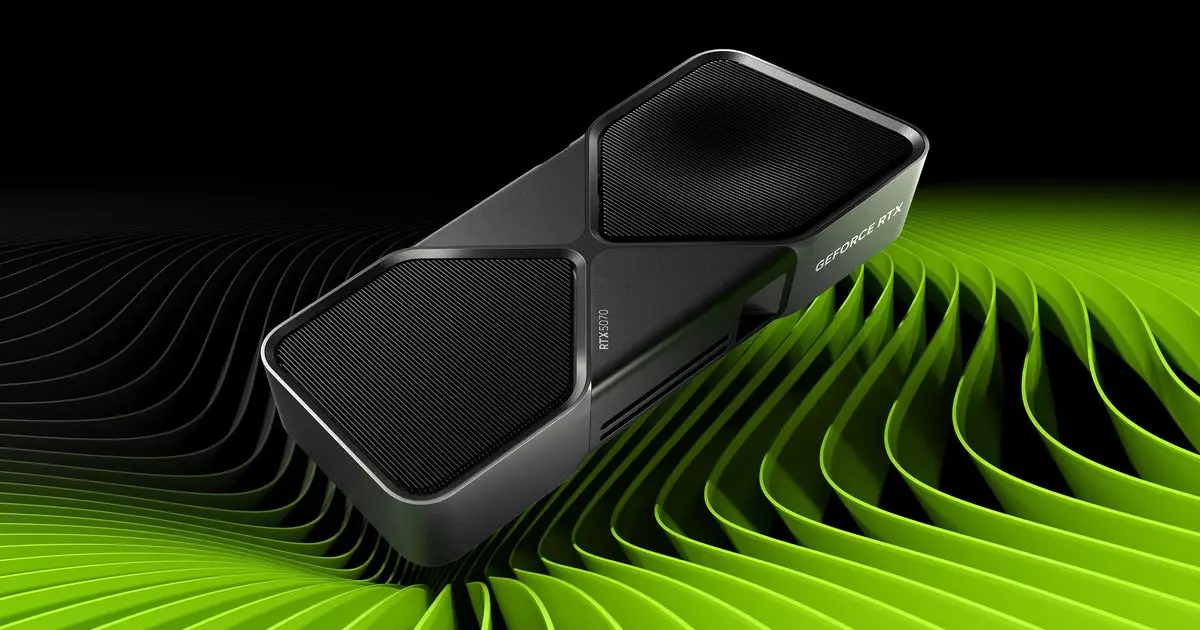Nvidia’s recent pattern of delivering a plethora of GeForce driver hotfixes, particularly aimed at the newly launched RTX 50 series, has raised eyebrows within the gaming community. Traditionally, driver updates from Nvidia have been few and far between, but the current trend suggests a troubling urgency—hotfixes are now rolling out at an alarming rate of approximately every two weeks. This change seems to reflect an escalating wave of technical issues rather than a proactive improvement in driver stability, positioning Nvidia in a reactive rather than a controlling role.
Examining the Issues at Hand
The latest driver update, version 576.26, is expected to address a myriad of issues that players have encountered in titles like *Black Myth: Wukong* and *Red Dead Redemption 2*. Such high-profile games are pillars of the gaming industry, and frequent crashes or graphical flickering not only hurt user experience but could also potentially drive dedicated gamers away from the platform. Nvidia’s strategy of pushing frequent hotfixes could be seen as an attempt to mitigate these frustrations quickly, yet it begs the question: why is there such a surge of essential fixes for these cutting-edge graphics cards?
Several users have voiced their displeasures in Nvidia forums—and while personal experiences vary, the sheer volume of complaints suggests that the brand’s commitment to quality might be wavering. It appears the community is growing restless, drawn to an era where ‘stable’ drivers have practically become an oxymoron. Users with experiences tied to version 576.02, the most recent stable driver, have found it to be a focal point of dissatisfaction, indicating a broader issue at play within Nvidia’s development cycle.
Under the Surface: Performance Insights
From a hardware editor’s perspective, my personal experiences with the RTX 50 graphics cards have been a mixed bag—some performance highlights are overshadowed by disheartening discrepancies. Gamers expect to harness remarkable performance that these advanced cards promise, especially with demanding titles. However, the increasingly pronounced array of patches suggests that stability may be a luxury and not a standard expectation.
Ironically, despite my own lack of severe problems during testing, the increasing number of hotfixes raises valid concerns. Regular patches indicate that Nvidia’s engineering teams may not have adequately vetted their updates, bleeding confidence from their once-revered reliability. Tech enthusiasts often invest heavily in the latest hardware, compelling brands to offer software that fortifies their investments, rather than undermining them with persistent issues.
Redirecting Focus: Future Implications
The evident urgency felt by Nvidia signifies a pivotal moment for the company. If they are to maintain their position as leaders in the graphics card market, they must recalibrate their approach to driver stability and performance assurance. Community feedback should be more than just an afterthought; it needs to drive future developments. The transition from occasional driver updates to this frequency of repairs symbolizes not only a potential crisis but also the possibility of a rebirth in how Nvidia approaches user experience.
In essence, the emergence of this frequent hotfix culture should serve as a wake-up call, urging Nvidia to prioritize long-term stability over quick fixes. Emphasizing strong quality control processes and thoroughly testing updates before release could restore faith among their user base and safeguard the brand’s esteemed reputation for innovation and excellence.


Leave a Reply